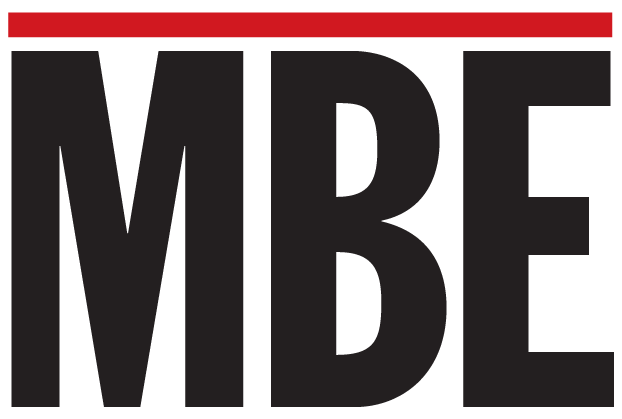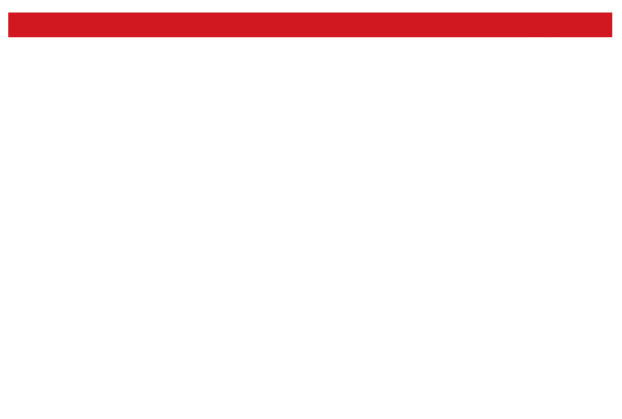
Too much, too fast? Or just the new normal.
A new global report from Statista and Kepios shows that internet users now spend an average of 141 minutes a day on social media, up 57 percent since 2012. Paired with Sociallyin’s 2025 analysis of social platform usage trends, the data paints a striking picture: screen time may have plateaued, but influence has not.
Key Insights
- Average global daily social media use rose from 90 minutes in 2012 to 141 minutes in 2025
- 5.07 billion people now use social media globally, with 93 percent of all internet users
- Youth dominate TikTok: the majority of users are aged 10–19
- Facebook still leads with 2.9 billion monthly active users
- Instagram and Reels drive more than 2.5x engagement over long-form video
- Users over 65 make up the smallest social media demographic worldwide
- Mobile vs. desktop use is nearly tied: 50.22 percent desktop, 49.78 percent mobile
- Global ad spend on social media set to hit $219.8B by the end of 2024
With social media usage skyrocketing and plateauing near all-time highs, the challenge is no longer just the attention but its impact too. If nearly everyone is online, how do marketers stand out without contributing to digital fatigue?
Keith Kakadia, CEO of Sociallyin, has led global campaigns for brands navigating TikTok, Instagram, and YouTube strategy shifts. He warns that while time spent is high, meaningful engagement is what marketers should watch.
“Two hours of screen time doesn’t guarantee your brand gets 2 seconds of attention,” says Keith. “That’s the disconnect brands need to solve in 2025.”
The 2025 report also breaks down usage by platform, region, and age group. While Facebook remains the most-used app overall, TikTok continues to dominate with Gen Z and younger. Instagram is still the platform of choice for influencers, while YouTube sees longer engagement per session.
Meanwhile, desktop and mobile use is nearly even, highlighting a multi-device approach to social behavior.
How Brands Can Stand Out in a 2-Hour Scroll Cycle
- Don’t chase every platform, instead, go where your audience is
- Short-form video isn’t optional anymore because it’s expected
- Post with purpose: most people scroll, few engage unless you give them a reason
- Cross-posting isn’t cross-strategy: tailor for each platform
- Monitor time and timing: AM weekday posts still perform best
“We’re seeing a shift toward micro-content and community-first content strategies. That means less focus on going viral and more on sparking consistent conversations with niche audiences. Short-form videos like Reels or TikTok are powerful, but only when they’re paired with a narrative that matters to the user,” Keith added.













